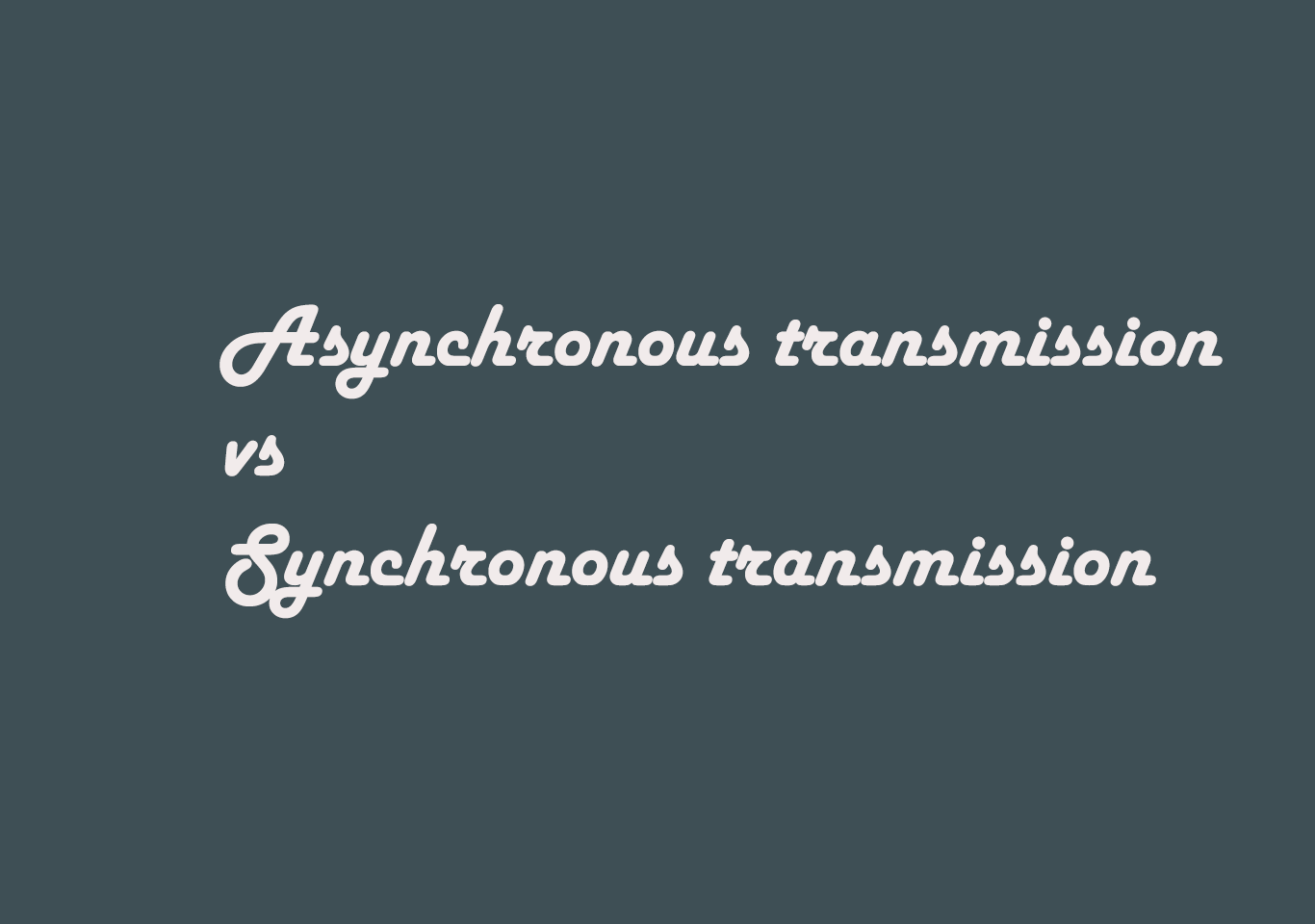Introduction
Synchronous and asynchronous is a way of data transmission. The short form for asynchronous is async and synchronous is sync.
Synchronous transmission
In synchronous transmission, data is sent in the form of pairs such as chunks or frames. This is a full-duplex transmission. It offers real-time communication between linked devices. There is no gap between the data in synchronous transmission. It is dependable, effective, and often used for transmitting a large amount of data.
Asynchronous Transmission
In asynchronous transmission, data is sent in the form of bytes. It sends one character at a time. This is a half-duplex transmission. It is also known as start/stop transmission, which means it sends data from sender to receiver using the flow control method.
Difference between Synchronous and Asynchronous transmission
| Synchronous Transmission | Asynchronous Transmission |
| Data is sent in the form of chunks or frames. | Data is sent in the form of byte. |
| Synchronous transmission is fast. | Asynchronous transmission is slow. |
| Synchronous is costly. | Asynchronous is economical. |
| Synchronous transmission does not have gap between data. | Asynchronous transmission has gaps between data. |
| It does not need any technical storage at the terminal end. | It requires local buffer storages at the two ends of the line to assemble blocks. |
| This method does not need any synchronized clock, | This method requires accurately synchronized clocks at both ends. |
| It is easy to design synchronous transmission. | It is complex in nature and design. |


